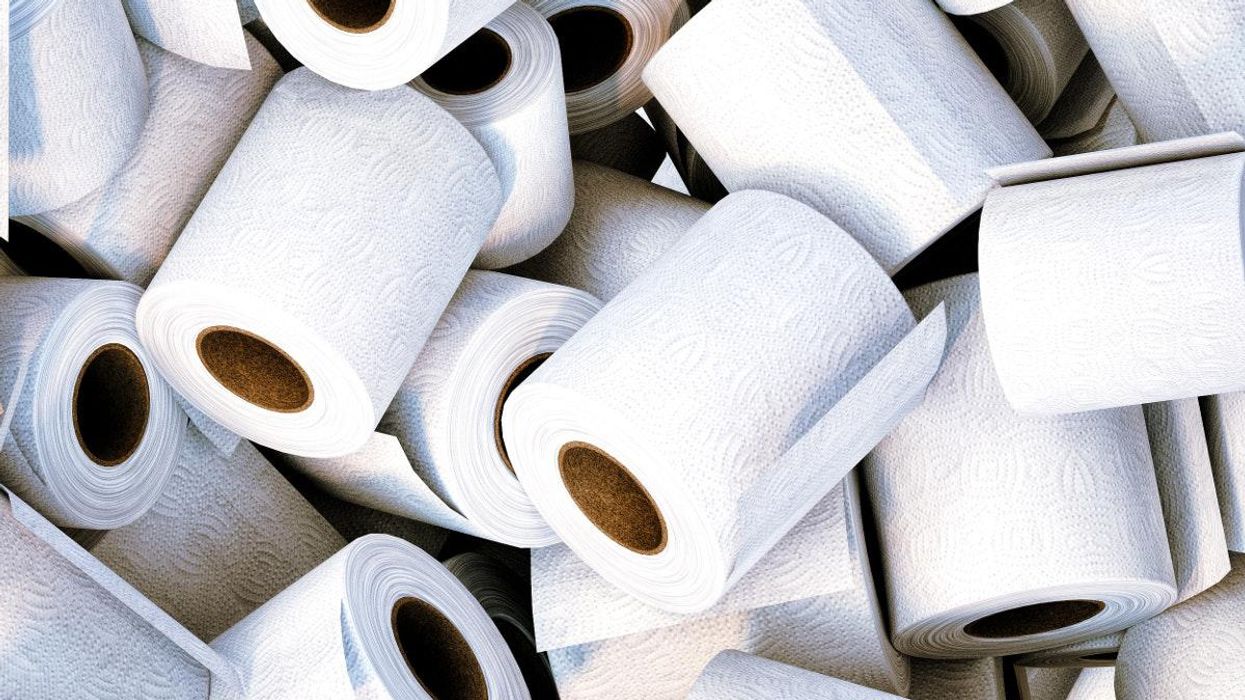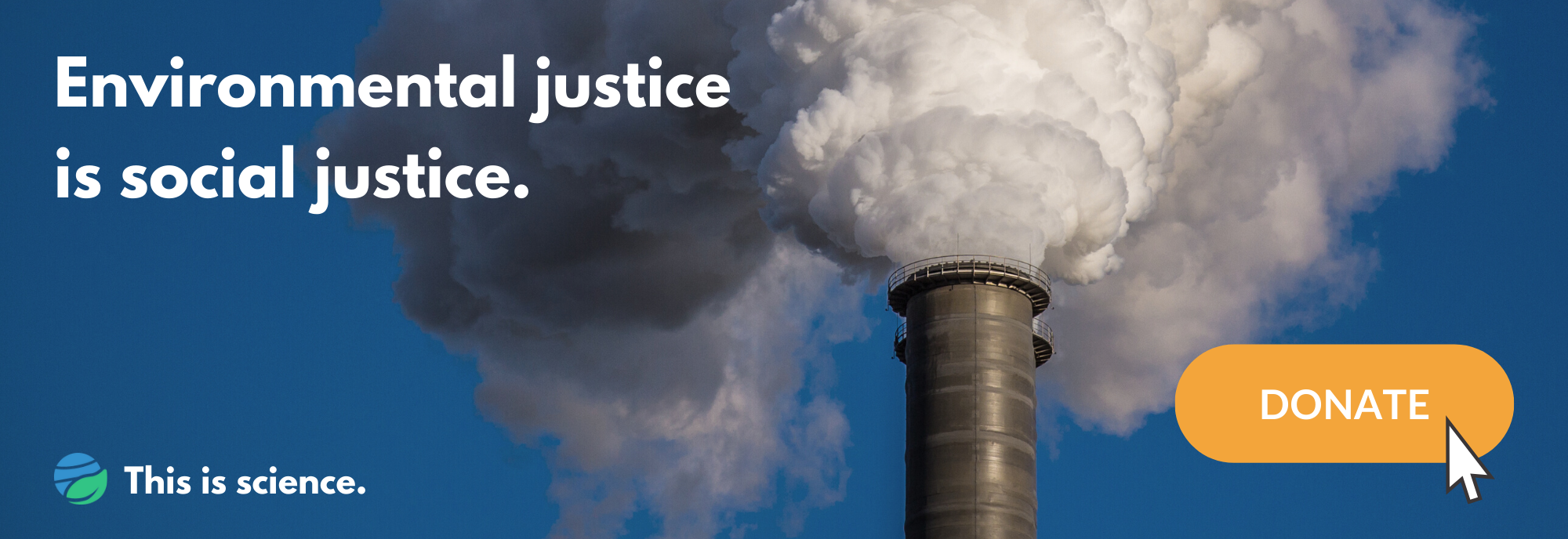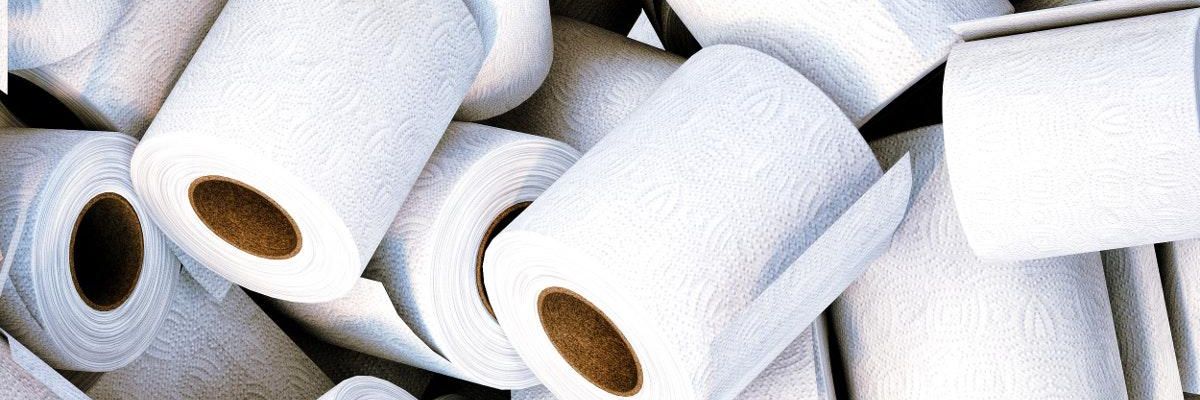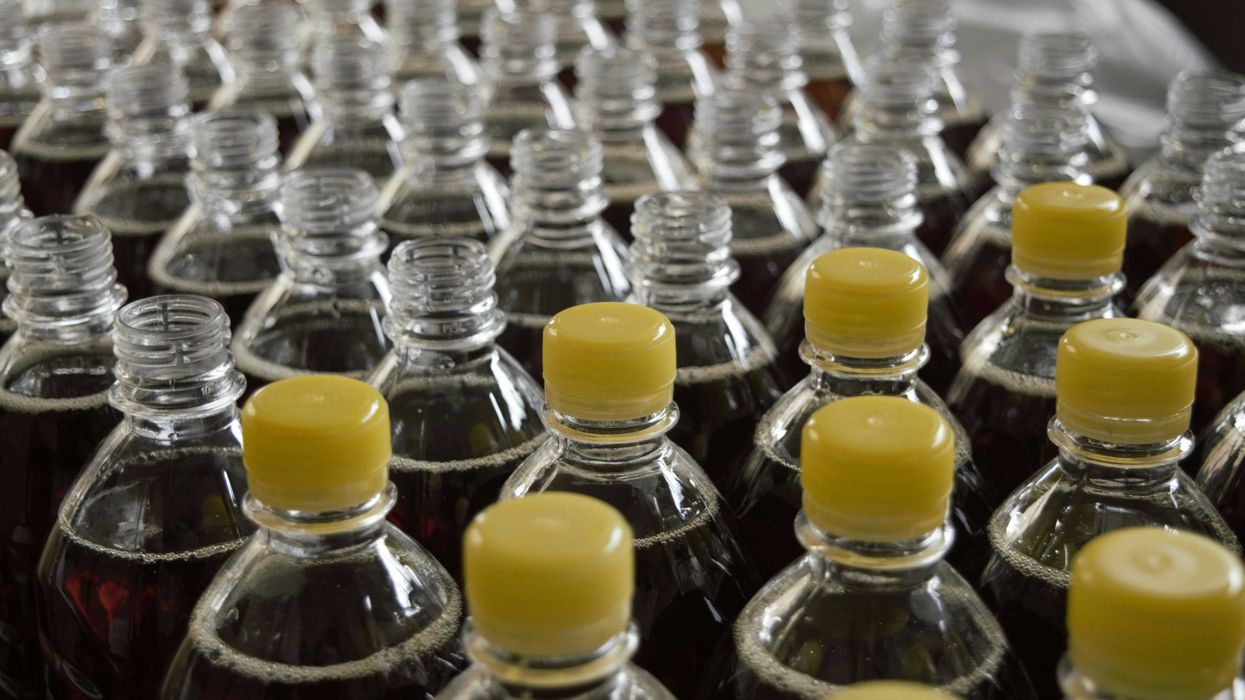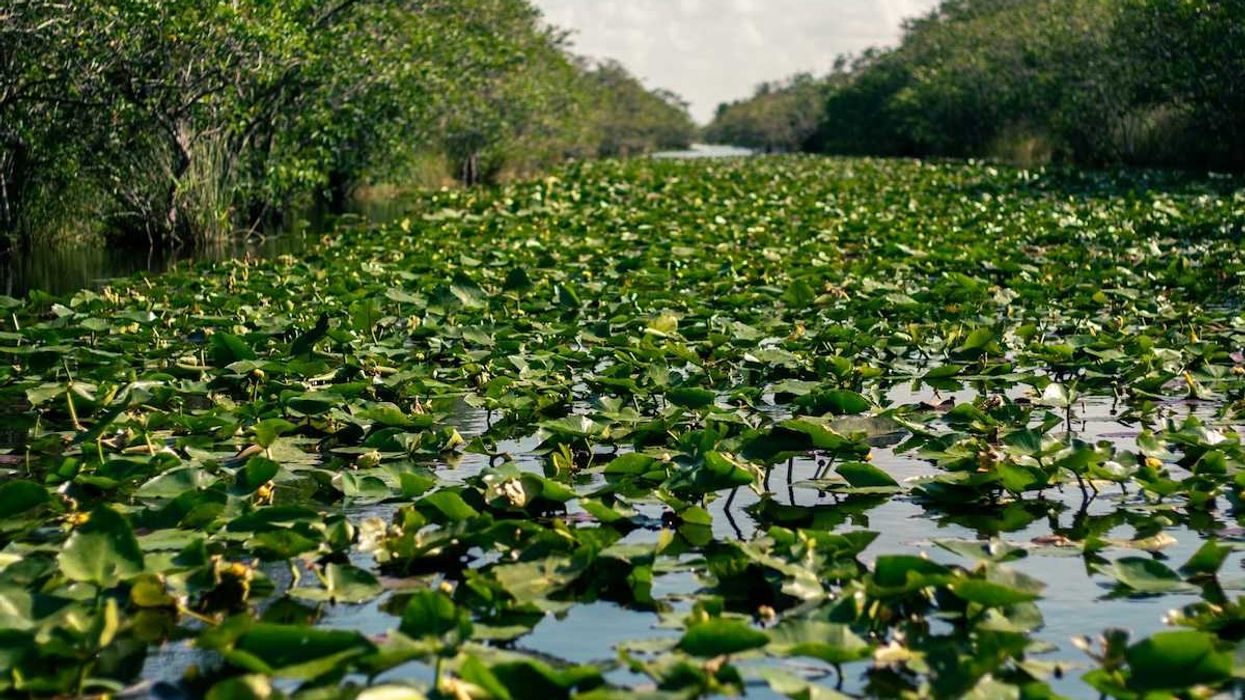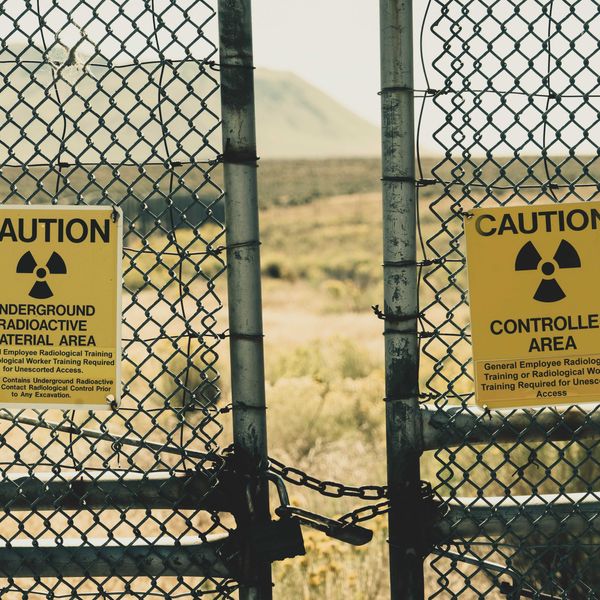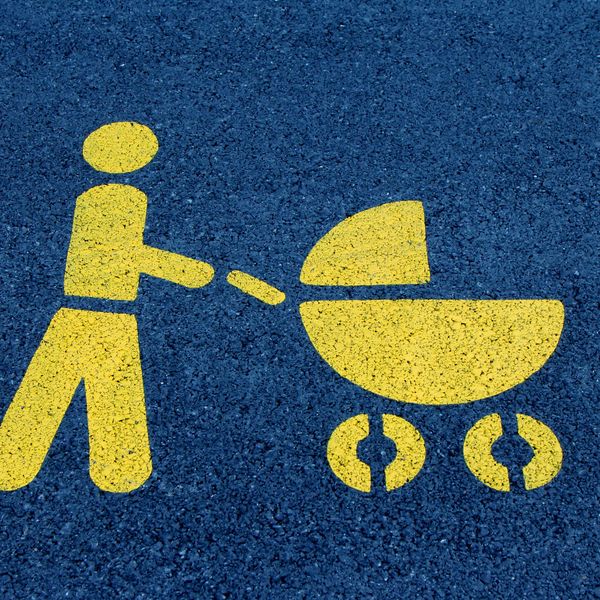Four popular brands of toilet paper have detectable levels of fluorine, an indicator of toxic PFAS, according to a new report from Mamavation.
Partnering with EHN.org, the environmental wellness blog and community tested 17 brands of toilet paper at an Environmental Protection Agency-certified lab and found levels of fluorine ranging from 10 parts per million (ppm) to 35 ppm in four of the brands: Charmin Ultra Soft Toilet Paper, Seventh Generation 100% Recycled Bath Tissue, Tushy Bamboo Toilet Paper and Who Gives a Crap Bamboo Toilet Paper. Fluorine is a strong indicator of the “forever chemicals”— which have been linked to everything from cancer to birth defects to lower vaccine effectiveness.
The levels found are low, which is an indication that the ‘forever chemicals’ are not added to the toilet paper on purpose, rather, inadvertently through manufacturing or packaging.
EHN.org partially funded the testing and Pete Myers, chief scientist of Environmental Health Sciences, which publishes EHN, reviewed the findings. The report comes on the heels of an EHN.org investigation on PFAS in everything from sports clothes to makeup.
While the health impacts of PFAS exposure via skin contact are still somewhat unclear, Linda S. Birnbaum, Scientist Emeritus and Former Director of the National Institute of Environmental Health Sciences and National Toxicology Program told Mamavation: “PFAS cause effects in males and females of animals and people in nearly every organ and at every life stage. Because toilet paper is created to rub up against such vascular parts of the body, it’s logical to be concerned with this exposure.”
PFAS in personal care products
The new investigation is the latest from Mamavation, which previously found fluorine in everyday products such as yoga pants and leggings and clean beauty brands' makeup.
The report points out that PFAS are not the only concern in toilet paper — bleaching or using dyes made from petroleum (used to change the paper’s color) can irritate body parts, especially women’s vulvas. Previous research has also found formaldehyde, polyethylene glycol, and undisclosed fragrances in some toilet paper. In addition, toilet paper made from recycled paper can contain harmful chemicals like BPA.
Better options
The Mamavation report includes a list of toilet papers that not only were fluorine-free, but made from mostly sustainable materials, including ECOS Treeless Bamboo & Sugarcane Bathroom Tissue, Caboo Tree-Free Bamboo Bath Tissue, Nature Z Way Bamboo Bath Tissue, and others.
The testing is part of an ongoing effort by Mamavation and EHN.org to identify PFAS in common consumer products. See the full results at Mamavation.
Follow our PFAS testing project with Mamavation at the series landing page.
Want to know more about PFAS? Check out our comprehensive guide.
Have something you want tested for PFAS? Let us know and write us at feedback@ehn.org.
- IN-DEPTH: What we know about PFAS in our food - EHN ›
- IN DEPTH: First-of-its kind testing points to dangers and unknowns ... ›
- IN-DEPTH: For clean beauty brands, getting PFAS out of makeup ... ›
- Investigation finds evidence of PFAS in workout and yoga pants - EHN ›
- Investigation: PFAS on our shelves and in our bodies - EHN ›
- Testing find glyphosate in two popular oat milks - EHN ›
- PFAS chemicals on your baby’s diapers - EHN ›
- Keep PFAS out of your sex life - EHN ›
- Are you putting PFAS on your armpits? - EHN ›
- Evidence of PFAS found in popular bandage brands including Band-Aid - EHN ›

